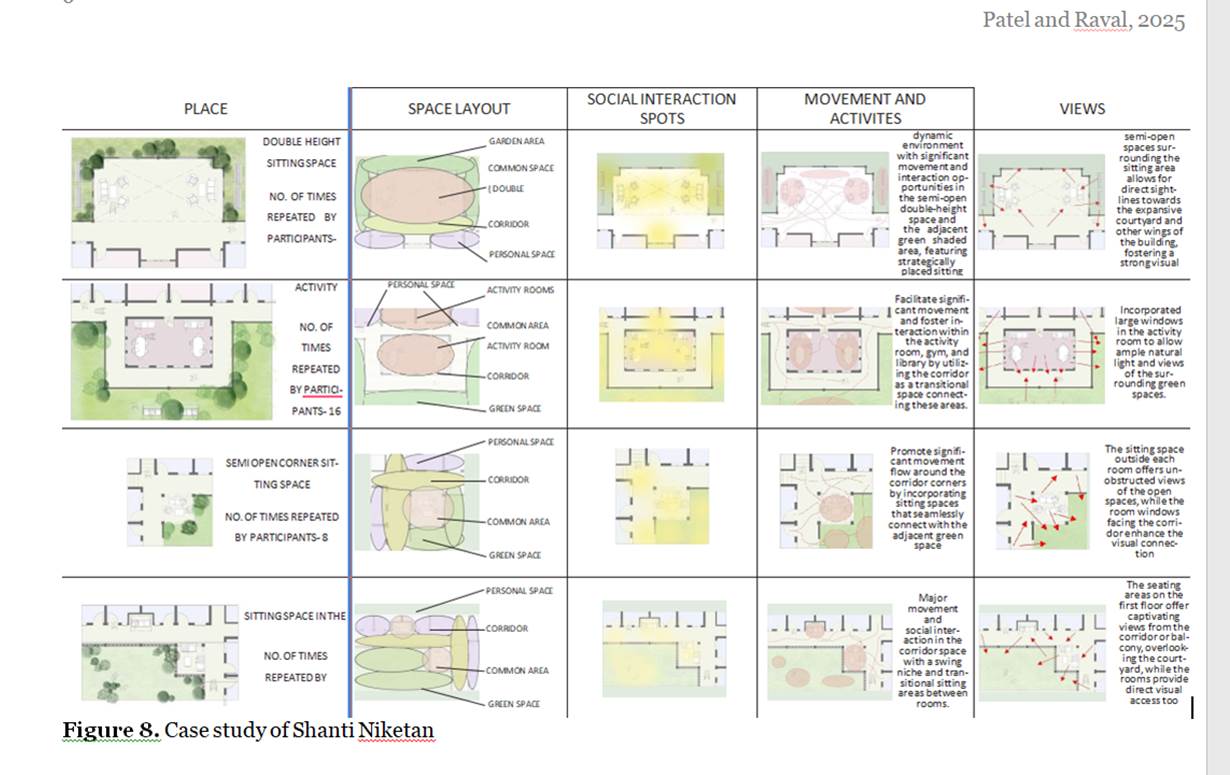Most read content
Previous issue | Next issue | Archive
Procedural interplay of art and technology in Seljuk mausoleum across empire phases: a chronological and comparative analysis
|
|
Nazer Z and Rabb P.
J. Art Arch. Stud., 14(1): 01-12, 2025; pii:S238315532500001-14
DOI: https://dx.doi.org/10.54203/jaas.2025.1
ABSTRACT
This study examines the dynamic interplay between artistic expression and structural technology in Seljuk mausoleum across the Early (1037–1063 CE), Middle (1063–1100 CE), and Late (1100–1194 CE) phases of the empire, extending into their Post-Seljuk legacy. Through a chronological and comparative analysis of key examples from Persia and Anatolia—such as Gonbad-e Qabus, the Kharāqan Towers, the Mausoleum of Sultan Sanjar, the Tomb of Mama Hatun, the Melik Gazi Tomb, and the Hüdavend Hatun Tomb—we demonstrate how Seljuk architects integrated ornamentation and structure as interdependent elements. Our findings revealed an evolution: the Early phase used material-driven ornamentation, the Middle phase advanced craft-based techniques, and the Late phase achieved a complex synthesis of form and decoration with regional variations. Shaped by cross-cultural influences from Persian, Byzantine, Armenian, Central Asian, and Turkic traditions, this process left a lasting impact on Islamic architecture. We conclude that this procedural interplay, rooted in Tektonik and material poiesis, not only defined Seljuk architectural innovation but also offers a framework for analyzing integrated design in broader architectural contexts.
Keywords: Seljuk mausoleum, Ornamentation, Geometric Patterns, Medieval Architecture, Chronological Analysis, Cross-Cultural Transmission, Procedural Design, Architectural Tectonics, Material Poiesis
[Full text-PDF] [Crossref Metadata] [Export from ePrints]
Understanding the role of architectural design in enhancing place attachment for senior citizen cases of senior living communities in Ahmedabad, India
|
|
Patel Y and Raval P.
J. Art Arch. Stud., 14(1): 13-19, 2025; pii:S238315532500002-14
DOI: https://dx.doi.org/10.54203/jaas.2025.2
ABSTRACT
India, like many other countries worldwide, is experiencing a significant demographic shift. The aging of its population in India is expected to grow substantially in the coming years, leading to increased demands for specialized senior living environments. As the elderly face unique physical, emotional, and social challenges, the role of architecture in enhancing their well-being and fostering a sense of placement becomes crucial. In senior living developments, design interventions can be incorporated to increase accessibility, safety, comfort, social interaction, and a sense of identity and belonging. According to research, social isolation and loneliness in senior citizens are linked to poor health and mental performance. The relationship between place attachment and the well-being of senior citizens in India is significant and multi-faceted. Some key aspects of defining the relationship are emotional well-being, sense of identity and purpose, social support, and interaction with familiarity and comfort. Creating supportive and age-friendly environments that foster attachment and enhance the quality of life becomes essential.
Keywords: Place attachment, Senior living, Place identity, Sense of Place, Senior citizens, Architectural features.
[Full text-PDF] [Crossref Metadata] [Export from ePrints]
Previous issue | Next issue | Archive




